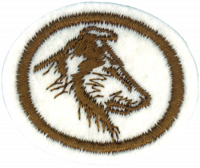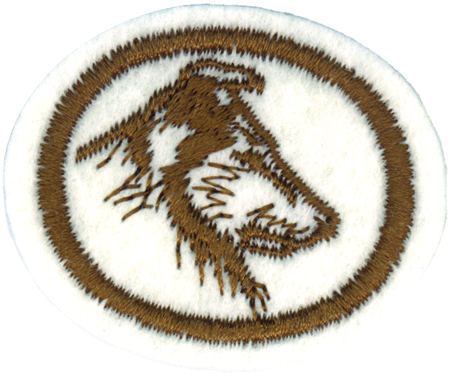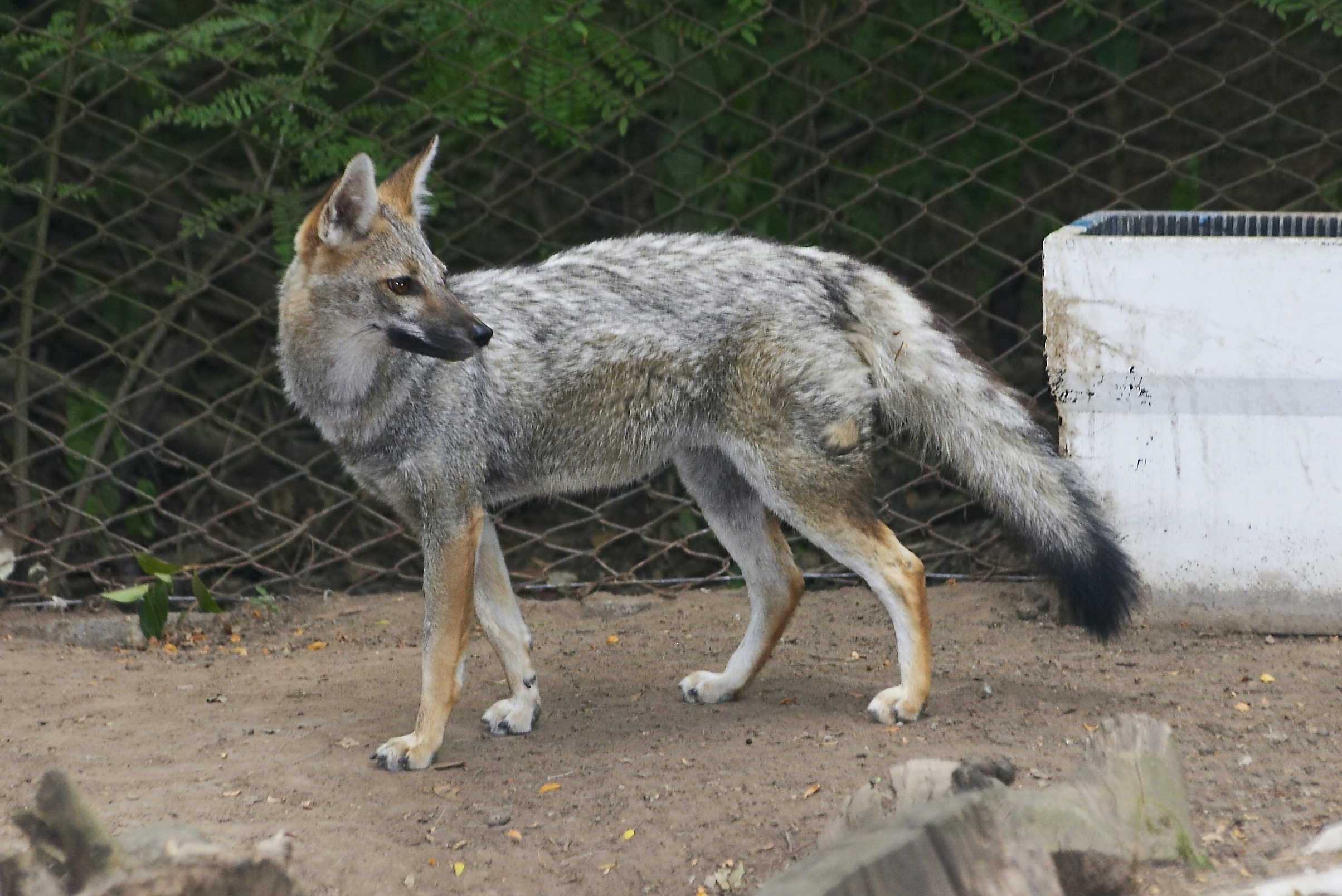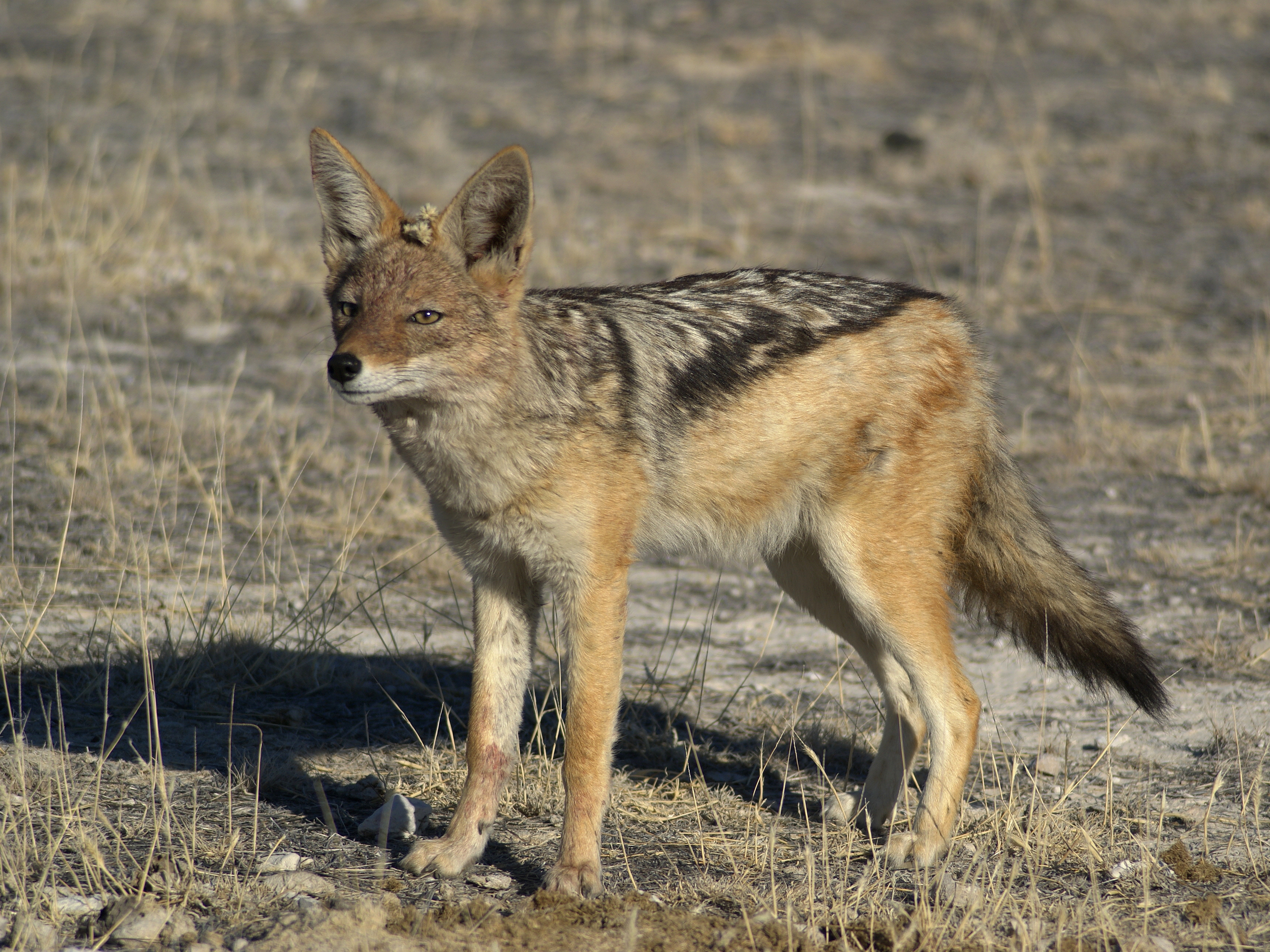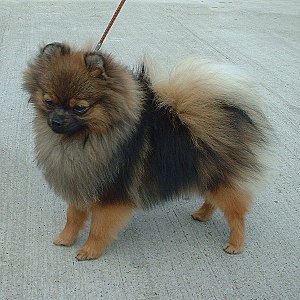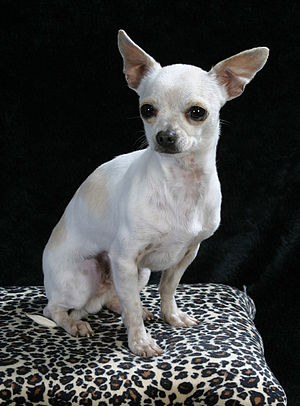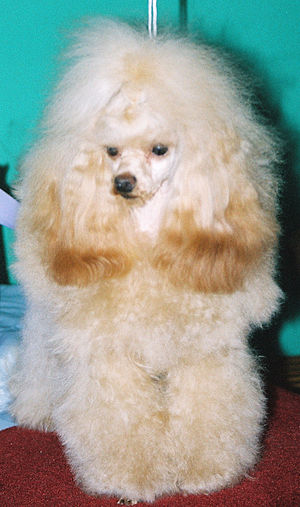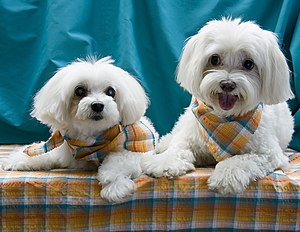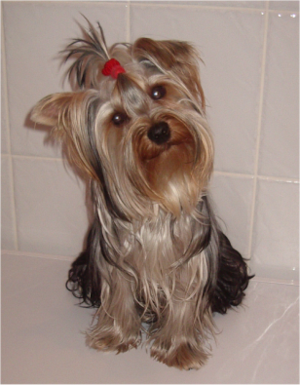Difference between revisions of "AY Honors/Dogs/Answer Key/es"
(Created page with " {{clear}}") |
(Created page with "{{clear}}") |
||
| Line 125: | Line 125: | ||
{{CloseReq}} <!-- 4 --> | {{CloseReq}} <!-- 4 --> | ||
{{ansreq|page={{#titleparts:{{PAGENAME}}|2|1}}|num=5}} | {{ansreq|page={{#titleparts:{{PAGENAME}}|2|1}}|num=5}} | ||
| − | <noinclude> | + | <noinclude></noinclude> |
| − | </noinclude> | + | <!-- 5. Nombrar cinco contribuciones que la familia canina ha hecho para el hombre. --> |
| − | <!-- 5. | ||
| − | |||
| − | |||
| − | |||
| − | |||
| − | |||
| − | |||
| − | |||
| − | |||
| − | |||
| − | |||
| − | |||
| − | |||
| − | |||
| − | |||
| − | + | <noinclude></noinclude> | |
| − | <noinclude | ||
| − | |||
{{CloseReq}} <!-- 5 --> | {{CloseReq}} <!-- 5 --> | ||
{{ansreq|page={{#titleparts:{{PAGENAME}}|2|1}}|num=6}} | {{ansreq|page={{#titleparts:{{PAGENAME}}|2|1}}|num=6}} | ||
Revision as of 22:35, 9 April 2021
1
El nombre científico de la familia de perros es «Canidae» o «Canino».
2
- Los caninos tienen 42 dientes.
- Caminan sobre sus dedos.
- Tienen cuatro garras en sus patas traseras y cinco en las del frente.
- Tienen dos capas - una capa exterior de pelo grueso y una capa interna de pelo fino.
- Su temperatura ronda entre los 38 y 39 centígrados. Las pulgas y las garrapatas son atraídas por el calor, por eso acaban adhiriéndose al perro y no al ser humano. Los perros también sudan pero en vez de hacerlo por la piel (como los seres humanos) lo hacen a través de sus patas.
- Pueden ver colores pero no tan claramente como nosotros podemos (perciben tonalidades de amarillo y azul, pero el rojo lo perciben amarillo y al verde gris), sin embargo son capaces de distinguir a su dueño de otras personas a distancia de más de un kilómetro y medio.
- Tienen una excelente audición debido a sus orejas. Estas tienen un grado de movilidad que les permite determinar rápidamente el origen exacto de un sonido. Un perro pueden detectar el sonido mucho más rápido y hasta una distancia cuatro veces mayor que los humanos.
- Tienen un agudo sentido del olfato. Al nacer es el único sentido que se ha desarrollado, y les sirve para encontrar el pezón de la madre para alimentarse ya que nacen ciegos y sordos. Con su nariz también puede identificar a una pareja, a un enemigo, la ovulación de una hembra, el estado de ánimo de las personas y la salud de los seres humanos.
- No eligen la comida según el gusto, sino según la intensidad del olor.
3
Se presentan aquí varias especies de zorros, pero como instructor, debe sentirse libre de presentarlos como un «miembro». Esto también es cierto para el chacal.
Zorro gris
Zorro gris (Urocyon cinereoargenteus)
Descripción: El zorro gris es pequeño y tiene una parte trasera marrón pimienta, lados colorados, cuello y piernas, un vientre blanco y una franja negra a lo largo de su espalda y cola. Otra franja negra cruza su cara desde la nariz hasta el ojo y continúa hacia el lado de la cabeza. De pie es alrededor de 12-16 pulgadas en los hombros, con un peso de hasta 16 libras y tiene una longitud total del cuerpo de hasta 47 pulgadas. El zorro gris es un ágil cánido capaz de correr hacia arriba y abajo de los árboles con facilidad.
Chacal de lomo negro
Chacal de lomo negro (Canis mesomelas)
Descripción: El chacal de lomo negro (Canis mesomelas) es un canino africano con una apariencia de zorro, piel morena y una gruesa franja de negro y plata que corre por su espalda. Pesan de 15 a 30 libras y miden de 15 a 30 centímetros en el hombro. Los machos suelen ser más grandes que las hembras.
4
Varias razas de perros se presentan aquí, pero esto no es una lista exhaustiva. No se presentan razas de perros falderos aquí como se pueden encontrar en el requisito 9.
5
6
The smallest breed of dog is the Chihuahua. Many breeds can claim to be the "largest" depending on how "largest" is defined. The tallest is the Irish Wolfhound, but it is outweighed by the Mastiff, the Great Dane, and the Saint Bernard. The heaviest of these is the Saint Bernard.
7
7a
Seeing-eye dogs, or guide dogs are assistance dogs trained to lead blind or visually impaired people around obstacles. The human half of the guide dog team does the directing, based upon skills acquired through previous mobility training. The handler might be likened to an aircraft's navigator, who must know how to get from one place to another, and the dog is the pilot, who gets them there safely.
Despite regulations or rules that deny access to animals in restaurants and other public places, in many countries, guide dogs and other types of assistance dogs are protected by law, and therefore may accompany their handlers most places that are open to the public.
7b
The ancestors of the St. Bernard are the herding dogs of Swiss farmers as well as hunting dogs and watchdogs. Their history has also been connected with the hospice at the Great St. Bernard Pass.
The most famous Saint Bernard to save people at the pass was Barry, who reportedly saved somewhere between 40 and 100 lives. There is a monument to Barry in the Cimetière des Chiens, and his body was preserved in the Natural History Museum in Berne, Switzerland.
The classic St. Bernard looked very different from the St. Bernard of today, but an avalanche killed off many of the dogs used for breeding. Breeders crossed the remaining dogs with other dogs, but in the process they lost much of their use as rescue dogs.
7c
A shepherd dog is a type of domestic dog whose original purpose was to herd or guard sheep, though they have been used for other types of livestock as well. A herding dog will keep a herd or flock of animals together and help a farmer direct them from one place to another (such as from a sheep fold to a pasture). They will also guard livestock from predators.
7d
Collies are a type of shepherd dog. Some say the Border Collie is the most intelligent breed of dog.
7e
The Eskimo Dog, otherwise known as the Qimmiq (Inuit for "dog"), or what is considered to be the more culturally sensitive Canadian Inuit Dog, is a larger breed of Arctic dog commonly found pulling sleds for their Inuit counterparts. However, as snowmobiles tend to be faster and more efficient, the Eskimo Dog is now a rare breed.
8
Dogs have been used by the military since ancient times. They have been used:
- To sniff out landmines
- To carry messages
- As sentries
- As scouts to detect booby-traps
- As attack dogs in battle
- To go ahead into dangerous areas before the humans
Special Forces teams still regularly use dogs. Look up the story of Cairo, a Belgian Malinois, who was a member of SEAL Team 6 on the mission to kill Osama Bin Laden in 2011. Dogs have been so effective in Afghanistan that the Taliban offered money for killing trained dogs. Modern warfare dogs may wear body armer, earpieces (to quietly get instructions from their handler), lights and cameras (so the handler can see what the dogs sees when they go ahead into a dangerous area), and heat vision goggles that help them see people through walls. US Special Forces dogs are all trained to parachute onto land or water.
9
Pomeranian
The head of the Pomeranian is wedge-shaped, making it somewhat foxy in appearance. The ears are small and set high. Its tail is characteristic of the breed and should be turned over the back and carried flat, set high. The Pomeranian is a very active dog who is intelligent, courageous, and a loyal companion. But due to its small size can suffer abuse from children. Beneath the Pomeranian's fur is a small but muscular dog, similar to a Chihuahua.
Chihuahua
Chihuahuas are best known for their large eyes; small size; and large, erect ears. Chihuahuas are prized for their devotion, ferocity and personality. Their curious nature and small size make them easily adaptable to a variety of environments, including the city and small apartments. Chihuahuas are often stereotyped as high-strung, though it has been shown that correct training and socialization can result in an outstanding companion animal.
Toy Poodle
Poodles are intelligent, alert, and active. Arguably one of the most intelligent breeds, their aptitude has made them ideal for performing in circuses across the globe for centuries. Because they are so intelligent, they can become bored easily, and can get quite creative about finding mischief.
Yorkshire terrier
This long-haired terrier is known for its playful demeanor and distinctive blue and tan coat. Yorkies can be very small, usually weighing between 5 and 7 pounds (2.5 to 3.5 kilograms). In fact, the smallest dog in the world was a Yorkshire Terrier. It was no bigger than a match box.
10
There are actually 2 dogs that have a blue or black tongue. The Chow chow and the Chinese Shar-Pei
11
The matter of which dog breed is the fastest is a matter of dispute. Some say the Saluki, and others say the Greyhound.
12
The Yorkshire Terrier & is currently the most popular breed of toy dog, and the third most popular dog breed overall (nearly overtaking the Golden Retriever for second place in 2005).
13
The Bloodhound has been used extensively to track the scent not only of criminals, but also of lost children and even adults suffering from dementia.
14
As the instructor it will be up to you to moderate the story-telling event, or to encourage the Pathfinders to write their essays. The more extroverted Pathfinders in your group may prefer to tell the stories, while the introverted ones may prefer to write theirs. Allow each Pathfinder to choose which method they will use.
Your Pathfinders might enjoy retelling this story about a dog that rescues koalas.
Or this story about the Serum Run Sled Dogs:
References
- http://www.pathfindersonline.org/pdf/resources/honor_dogs_answers.pdf
- Wikipedia articles were borrowed for virtually every dog breed and canine species listed here. Also, the article on War dogs was consulted, but the material was summarized rather than copied verbatim.
